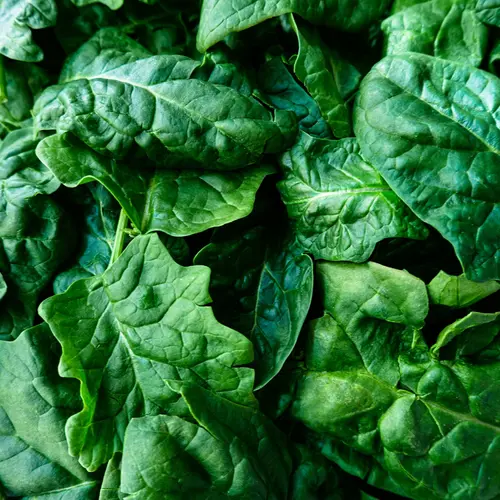Microwave ovens are now standard in every home. It's a handy appliance that makes cooking a breeze. But how much do you know about your microwave?
Dispelling the Radioactive Myth
Microwaves aren't radioactive. A microwave is a small appliance that uses radio waves to cook food — the same energy produced by your radio or television.
How a Microwave Works
Microwaves have a device called a magnetron. It converts electricity into radio waves, which bounce around the inside of your microwave. The fats, sugars, and water of the food you're cooking absorb the radio waves and quickly vibrate. This movement produces heat and cooks your food.
The radio waves only penetrate around an inch deep, which is why you have to toss and turn food while it cooks in the microwave. The exterior of your food cook's the middle through conduction.
Standing time. You may notice this phrase in the instructions of your favorite microwave snacks, "let stand for 1 minute." What does that mean?
When the molecules of your food vibrate and cook, it takes time for them to slow back down when the microwave's magnetron stops shooting radio waves. This time is called the standing or resting time.
Even though the microwave is off, the food keeps cooking until the molecules stop vibrating. The denser the food is, the longer it takes for the molecules to stop.
Standing time is an essential part of the microwave cooking process because the food can get hotter once it's cooked. So, if you're cooking for children, you can potentially cause them harm by giving them food too soon after you cook it in the microwave.
Standing time also helps with even cooking. The microwave often cooks unevenly, leaving cold spots in the food. Standing time allows the food to continue cooking through those cold spots.
What You Can (and Can't) Put in the Microwave
You can cook nearly anything in the microwave if you're careful enough. However, bigger and denser foods may suffer more complications when cooked in the microwave.
Meat. Some people prefer not to use the "poultry" button on their microwave. However, while you can cook fish, beef, and poultry in your microwave, you must take care to ensure it's cooked thoroughly.
After cooking in the microwave, let your food stand for at least 3 minutes. Then, using a meat thermometer, test your food in several places to guarantee it's cooked all the way through. Meats should be at the following temperatures:
- Ground meat: 160°F
- Raw beef, pork, lamb: 145°F
- Poultry: 165°F minimum
- Fish: 145°F
- Eggs: 160°F
For meat that's frozen, use your microwave's "defrost" setting or cook at 30% power. Next, immediately cook the meat once it's defrosted.
Fruit and veggies. Heat breaks down some nutrients, so cooking fruits and veggies in any way can get rid of essential nutrients. However, microwaves help maintain many of those nutrients due to its short cooking time. As a result, microwaves are one of the best ways to steam vegetables to retain their nutrients.
Non-food items. Of course, you have to cook your food in something. Certain materials aren't safe to use in the microwave. Always check the packaging for the "microwave safe" label.
These items are microwave safe:
- Heatproof glass
- Glass-ceramic
- Cooking bags
- Straw or wood baskets
- Paper plates, towels, etc.
- Wax paper and parchment paper
There are three primary materials you don't want to microwave. These are:
- Plastic: such as yogurt cartons, takeout containers, or plastic wrap
- Foam: such as cups and plates
- Metal: such as utensils, dishware with metallic trim, twist ties, and aluminum foil
Plastic and foam are dangerous because they can melt, leak chemicals, and taint your food. Manufactures have made microwave-safe plastic, so read the labels to be sure.
Radio waves can't pass through metal objects. Since the food can't absorb the radio waves, they are left to bounce around in the microwave. Microwaving metal can cause damage to your microwave and lead to sparking (or arcing).
Some people have found ways to use aluminum foil strategically in the microwave to cook food. However, it's safer to avoid metal altogether.
Microwave Maintenance
The best way to maintain your microwave is to keep it clean. Wipe down the inside, clean the microwave's filters, and use the exhaust fans (for microwaves over the stovetop).
Other ways to prolong the life of your microwave are:
- Don't damage the mesh inside the door (it keeps the radio waves inside).
- Don't slam the microwave door (you can damage the latches).
- Don't run the microwave without anything inside (the interior can burn).
- Use preprogrammed cook times, so you don't accidentally add an extra zero to the cooking time.

